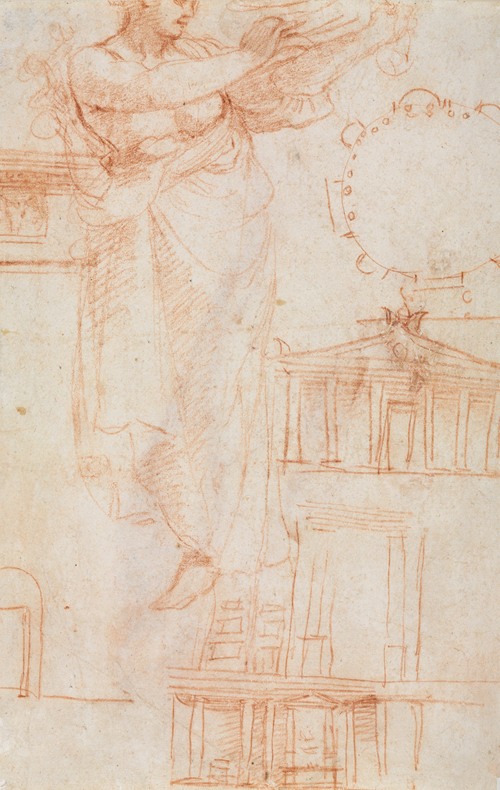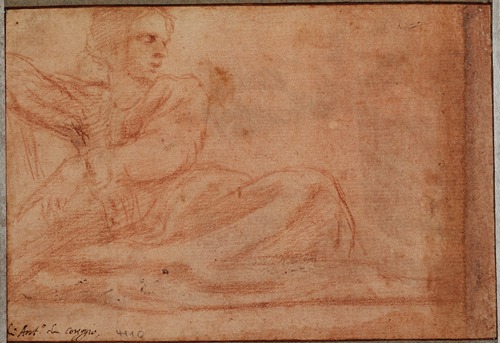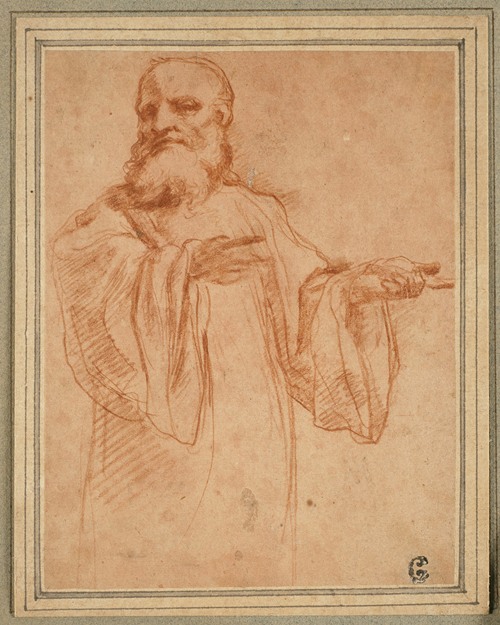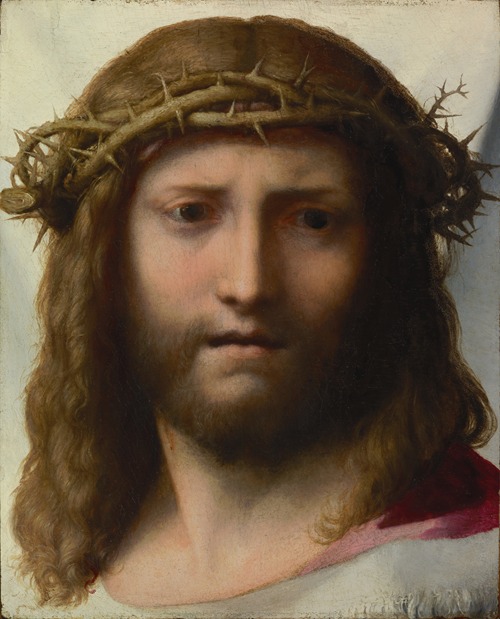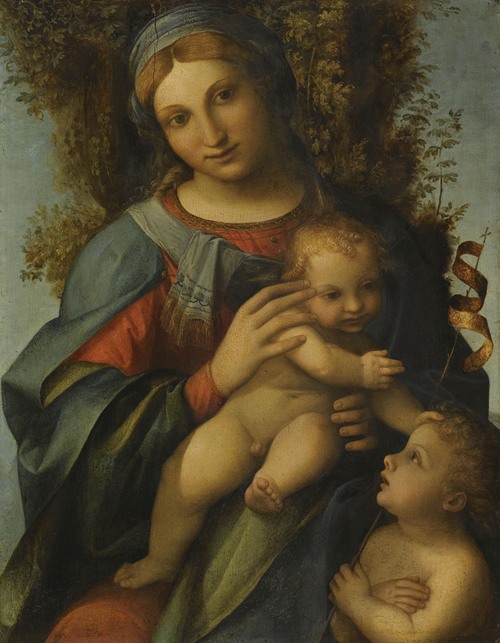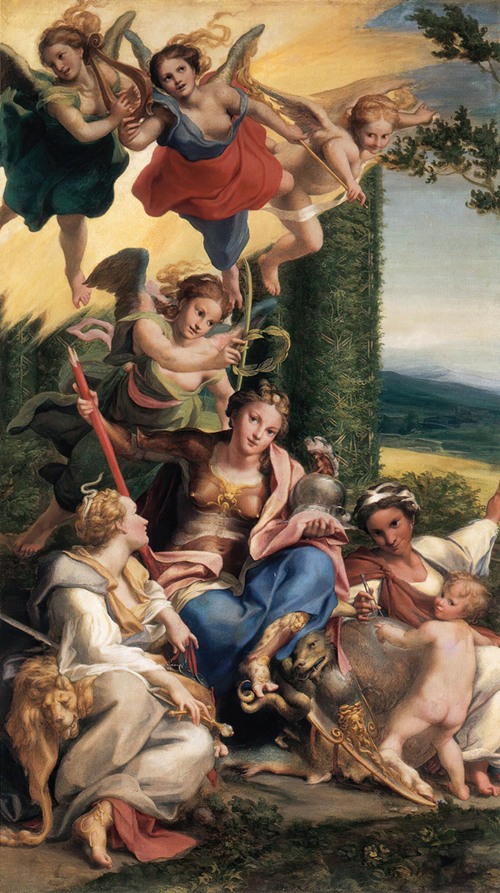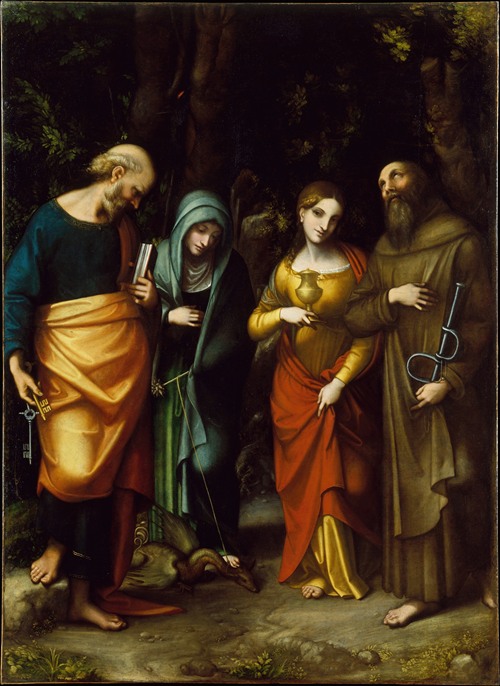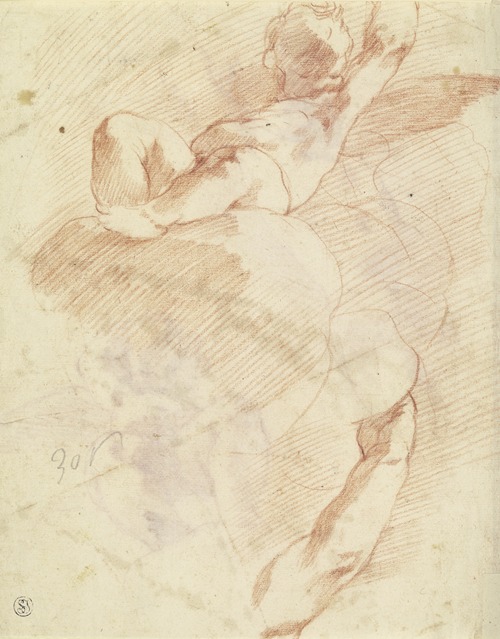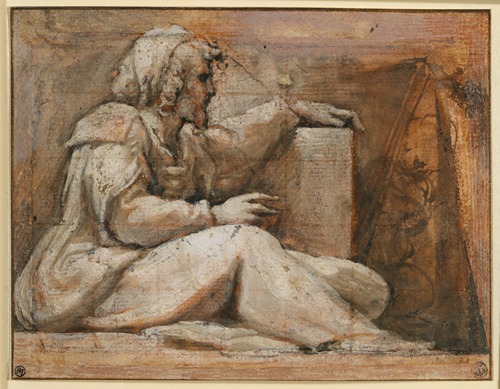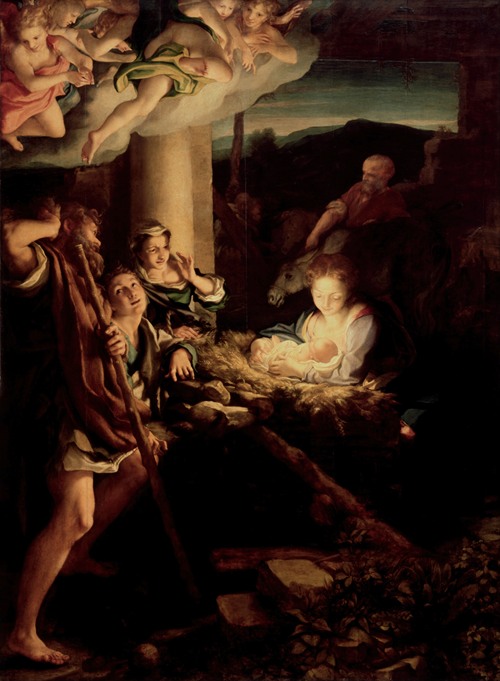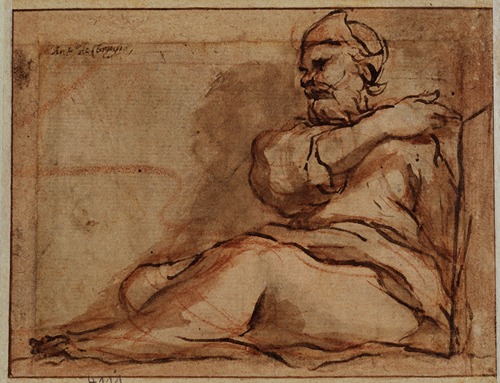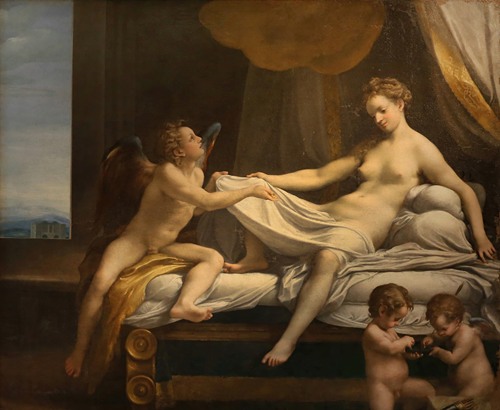
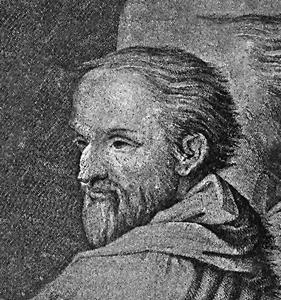
Antonio Allegri da Correggio, was the foremost painter of the Parma school of the High Italian Renaissance, who was responsible for some of the most vigorous and sensuous works of the 16th century. In his use of dynamic composition, illusionistic perspective and dramatic foreshortening, Correggio prefigured the Baroque art of the 17th century and the Rococo art of the 18th century. He is considered a master of chiaroscuro.
Antonio Allegri was born in Correggio, a small town near Reggio Emilia. His date of birth is uncertain (around 1489). His father was a merchant. Otherwise little is known about Correggio's early life or training. It is, however, often assumed that he had his first artistic education from his father's brother, the painter Lorenzo Allegri.
In 1503–1505 he was apprenticed to Francesco Bianchi Ferrara in Modena, where he probably became familiar with the classicism of artists like Lorenzo Costa and Francesco Francia, evidence of which can be found in his first works. After a trip to Mantua in 1506, he returned to Correggio, where he stayed until 1510. To this period is assigned the Adoration of the Child with St. Elizabeth and John, which shows clear influences from Costa and Mantegna. In 1514 he probably finished three tondos for the entrance of the church of Sant'Andrea in Mantua, and then returned to Correggio, where, as an independent and increasingly renowned artist, he signed a contract for the Madonna altarpiece in the local monastery of St. Francis (now in the Dresden Gemäldegalerie).
One of his sons, Pomponio Allegri, became an undistinguished painter. Both father and son occasionally referred to themselves using the Latinized form of the family name, Laeti.
By 1516, Correggio was in Parma, where he spent most of the remainder of his career. Here, he befriended Michelangelo Anselmi, a prominent Mannerist painter. In 1519 he married Girolama Francesca di Braghetis, also of Correggio, who died in 1529. From this period are the Madonna and Child with the Young Saint John, Christ Leaving His Mother and the lost Madonna of Albinea.
Correggio's first major commission (February–September 1519) was the ceiling decoration of a private chamber of the mother-superior (abbess Giovanna Piacenza) of the convent of St. Paul in Parma, now known as Camera di San Paolo. Here he painted an arbor pierced by oculi opening to glimpses of playful cherubs. Below the oculi are lunettes with images of statues in feigned monochromic marble. The fireplace is frescoed with an image of Diana. The iconography of the scheme is complex, combining images of classical marbles with whimsical colorful bambini.
He then painted the illusionistic Vision of St. John on Patmos (1520–21) for the dome of the church of San Giovanni Evangelista. Three years later he decorated the dome of the Cathedral of Parma with a startling Assumption of the Virgin, crowded with layers of receding figures in Melozzo's perspective (sotto in su, from down to up). These two works represented a highly novel illusionistic sotto in su treatment of dome decoration that would exert a profound influence upon future fresco artists, from Carlo Cignani in his fresco Assumption of the Virgin, in the cathedral church of Forlì, to Gaudenzio Ferrari in his frescoes for the cupola of Santa Maria dei Miracoli in Saronno, to Pordenone in his now-lost fresco from Treviso, and to the baroque elaborations of Lanfranco and Baciccio in Roman churches. The massing of spectators in a vortex, creating both narrative and decoration, the illusionistic obliteration of the architectural roof-plane, and the thrusting perspective towards divine infinity, were devices without precedent, and which depended on the extrapolation of the mechanics of perspective. The recession and movement implied by the figures presage the dynamism that would characterize Baroque painting.
Other masterpieces include The Lamentation and The Martyrdom of Four Saints, both at the Galleria Nazionale of Parma. The Lamentation is haunted by a lambency rarely seen in Italian painting prior to this time. The Martyrdom is also remarkable for resembling later Baroque compositions such as Bernini's Truth and Ercole Ferrata's Death of Saint Agnes, showing a gleeful saint entering martyrdom.
Aside from his religious output, Correggio conceived a now-famous set of paintings depicting the Loves of Jupiter as described in Ovid's Metamorphoses. The voluptuous series was commissioned by Federico II Gonzaga of Mantua, probably to decorate his private Ovid Room in the Palazzo Te. However, they were given to the visiting Holy Roman Emperor Charles V and thus left Italy within years of their completion.
Returning to his home town in later years, Correggio died there suddenly on 5 March, 1534. The following day he was buried in San Francesco in Correggio near his youthful masterpiece, the 'Madonna di San Francesco', housed today in Dresden. The precise location of his tomb is now unknown.
